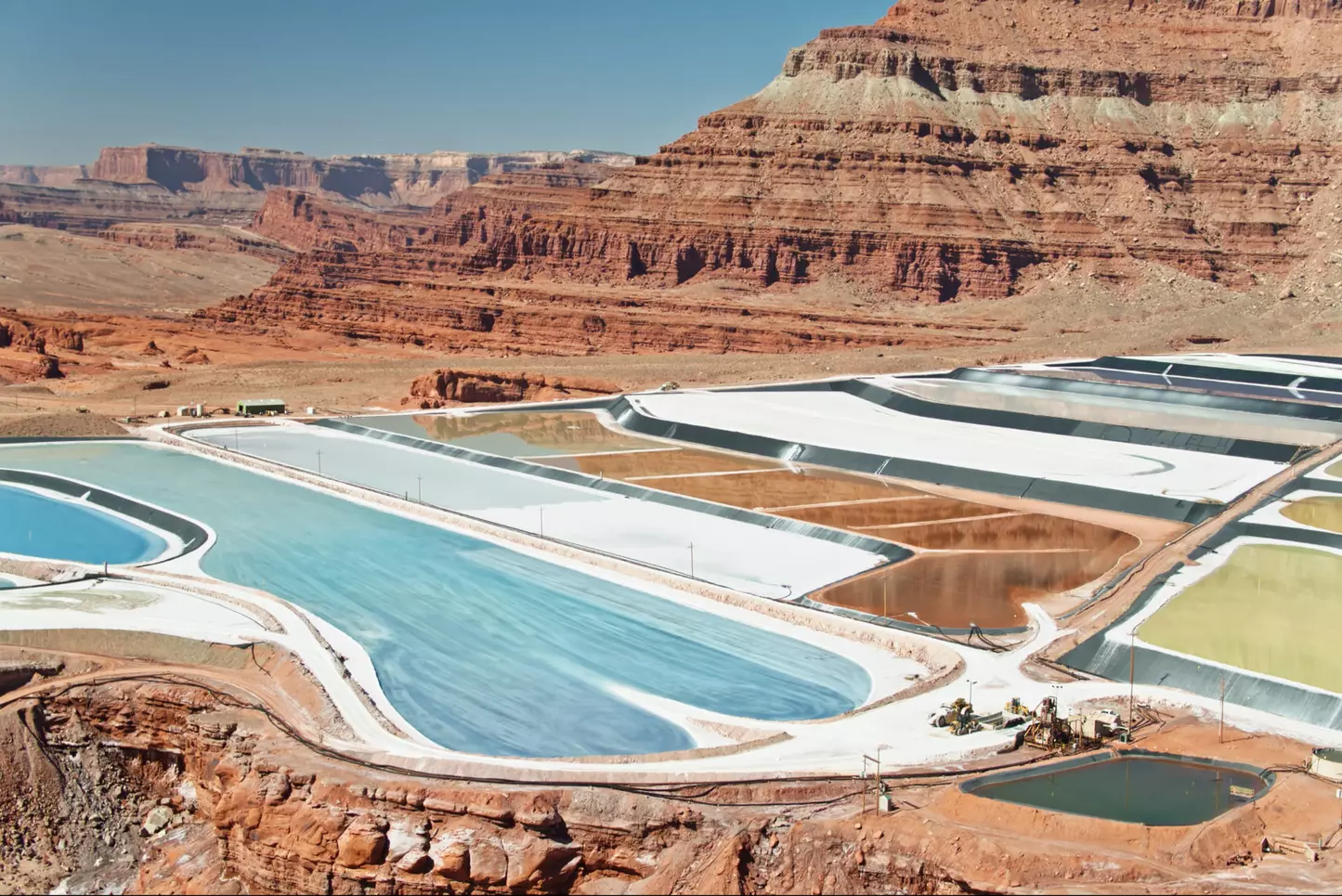The alarm comes directly from the European Commission, reporting critical difficulties obtaining supplies of at least thirty raw materials. These include lithium, essential for making batteries for electric cars, computers and smartphones. One example will suffice to explain why. An electric car requires six times more minerals as a conventional car. And so we have been presented with the bill for the ecological transition. Demand for certain raw materials will grow world-wide, as reported by the International Energy Agency (IEA) in a special report on “The Role of Critical Minerals in Clean Energy Transitions”: since 2010, the average amount of minerals needed for a new unit of power generation capacity has increased by 50% as the share of renewables has risen.
And things have grown even more complicated recently, if that’s possible. How did this happen? When did raw materials become so hard to find, and so expensive? Covid-19 definitely didn’t help. In the early months of the pandemic, raw materials prices collapsed by almost 30%. But they soon began to rise again, and raw materials quickly became unaffordable, and yet at the same time an appealing investment thanks to trends on the financial markets. The causes of these price rises identified by the International Energy Agency also include other structural factors which were in place well before the pandemic.
Production of numerous minerals of use for the energy transition is concentrated in a few geographical areas. The Democratic Republic of the Congo and the People’s Republic of China were responsible for 70% and 60% of global production of cobalt and rare earth elements respectively in 2019.
In any case, not only the quantity but also the quality of the raw materials extracted is cause for concern. The average quality of Chilean copper, for example, has decreased 30% over the past fifteen years.
Lastly, another factor that should not be neglected is greater exposure to climate risk. Copper and lithium are particularly vulnerable to water stress, and about 50% of their production is concentrated in areas with a high risk of drought.
These materials, like cobalt, rare earth minerals, nickel and tin, are all metals and minerals whose price is rising as their availability decreases, and they are essential for the current ecological transition. Global demand for these raw materials in areas such as technology, electric mobility, and wind and photovoltaic energy will double by 2040. And if all nations should meet the warning in the Paris Agreement to keep the global temperature rise “well below 2 degrees”? In that case, demand for raw materials might be multiplied fourfold within the same time range. Or sixfold, if we were to achieve the goal of zero net emissions by 2050.
How big is the shortfall? The European Union has attempted to remedy it with the European Raw Materials Alliance (ERMA), founded in 2020. The goal is to ensure greater independence with a strategy based on three key points: promoting extraction of minerals present within Europe, investing in companies that recycle these raw materials, and, last but not least, introducing shared Europe-wide projects for strategic transformation of increasingly rare minerals.
